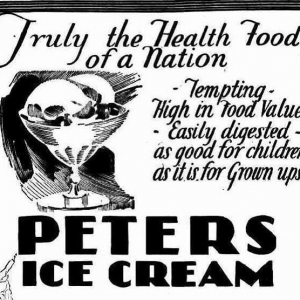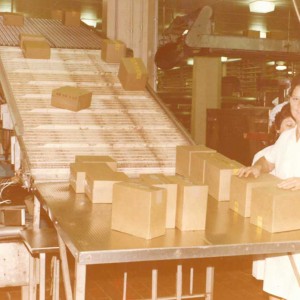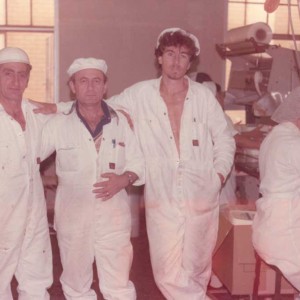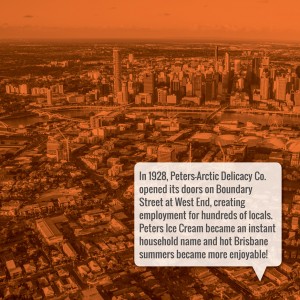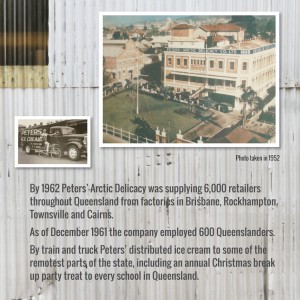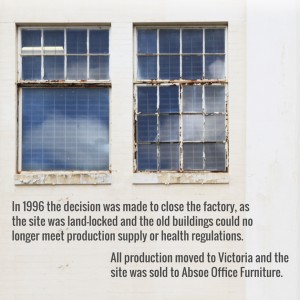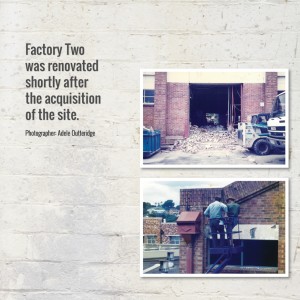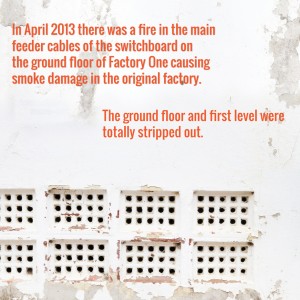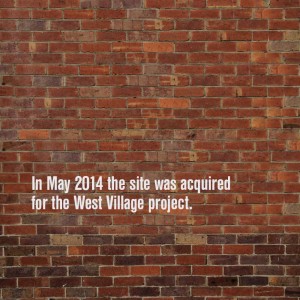History of West End
West End is part of the greater Kurilpa Peninsula, encompassing the suburbs of South Bank, South Brisbane, Highgate Hill, Hill End and West End. Kurilpa, meaning ‘place of the water rat’, was the name given to the peninsula by the traditional owners of the land, the Turrbal and Yuggera peoples.
Below is a timeline of the major events that have shaped the Kurilpa peninsula since the Moreton Bay area was opened to free settlement in 1842.
Information from: the State Library of Queensland, West End Making History Group, Queensland Places and 612 ABC.
- 1842
- 1845
- 1846
- 1860
- 1864
- 1865
- 1870
- 1874
- 1875
- 1880
- 1881
- 1884
- 1885
- 1890
- 1893
- 1898
- 1900
- 1910
- 1915
- 1916
- 1919
- 1923
- 1925
- 1928
- 1929
- 1938
- 1950
- 1960
- 1968
- 1974
- 1976
- 1980
- 1981
- 1988
- 1989
- 1989
- 1990
- 1995
- 1842
The Brisbane penal colony of Moreton Bay is declared a free settlement.
- Early to mid 1840s
With the development of the wharves on Brisbane’s South Bank, the South Brisbane peninsula becomes the unrivalled centre for shipping activity in Queensland’s South East.
- 1846
One of the earliest blocks of land is purchased by John Davidson, where the old ABSOE site used to stand.
- 1860
The South Brisbane peninsula begins to grow as a residential/farming hub. Residents and businesses were restricted by the “time killer” single ferry service and lobbyists push for a bridge development.
- 1864
Donald Wilson builds The Boundary Hotel. Wilson and his family build much of the structures around their plot of land, which surrounded The Boundary Hotel, in Jane Street.
- 1865
The first wooden “Victoria Bridge” is built, but swept away by flood waters a few years later.
- Early 1870s
‘West End’ and ‘Orleigh’ housing estates are established.
- 1874
The second “Victoria Bridge” is built, lasting almost 20 years before it is swept away again, by flood waters in 1893.
- 1875
The building of a dry dock on the south bank commences. West End State School opens and welcomes students from the peninsula.
- 1880
West End makes its mark as farming land, with cereal crops, Chinese market gardens and timber.
- 1881
The dry dock begins operations, servicing private, government and military ships. This dramatically boosts the local economy of the peninsula. The boom in industry attracts a growth in population to the area, consisting of wharf workers, working class families and city workers with convenient transport links to the city.
- 1884
The first South Brisbane railway line was constructed from Corinda to South Brisbane, terminating at the dry dock.
- 1885 – 1888
The South Ward of the City of Brisbane is amalgamated with Woolloongabba to become the Borough of South Brisbane.
- 1890
The West End Brewery is built on the corner of Montague Road and Merivale Street.
- 1893
South Brisbane Town Hall is built. The peninsula is flooded and the second Victoria Bridge is swept away.
- 1898
Electric tram service is introduced to the area.
- Late 1880s and early 1900s
The West End industry grows with gas works, concrete pipe works, a boot factory, an iron/steel works, a soft drink factory, glass works and an ice cream plant. Donald Wilson’s son, John, transforms West End into a thriving suburb, establishing the West End School of Arts (1889-1968), which quickly became a cultural community hub in the peninsula.
- 1910
The Mater Hospital is established.
- 1915
St Laurence’s College is established.
- 1916-17
Brisbane Fish Board Market is opened on the south bank and is popular with local residents and city workers. The South Brisbane Council purchases flood-swept land in Hill End to create Orleigh Park.
- 1919
Somerville House moves to its present location in South Brisbane.
- 1923
The Hamilton wharves are developed. By 1945, the Hamilton wharves replace South Bank as the industrial shipping heart of Brisbane.
- 1925
Brisbane State High School is built on resumed Musgrave Park land.
- 1928
The original Peters Ice Cream Factory opens. Its workers were known for their hard work, and for making the factory run like clockwork. The workers mostly consisted of migrants from Germany, Poland, Greece and Russia. Construction later begins on a second factory building. These buildings are now heritage listed and are to be restored for reuse in the West Village development.
- 1929
The Brisbane City Council builds Brisbane’s first purpose-built local library, the Kurilpa Library on Boundary Street. The building is now heritage listed.
- 1938
The Story Bridge is built, diverting traffic from the Victoria Bridge. This sees a gradual decline in industry for the peninsula, which affects local residents and business.
- 1950
A substantial Greek community moves to the area after the Methodist Gospel Church is acquired and changed to the Greek Evangelical Church. The Greek community work in the local manufacturing industry located on Montague Road and Boundary Street. Following WWII, the area became known as ‘Little Athens’.
- 1960
Queensland’s first residential high rise building – the 23 storey “Torbreck” is built in Highgate Hill as a means of stopping urban sprawl.
- 1968-69
The Brisbane Fish Board Market is demolished.
- 1974
The Captain Cook Bridge is built, further contributing to the decline of the South Brisbane peninsula.
- 1976
The first annual Paniyiri Greek Festival takes place in South Brisbane. It is now the longest running Greek festival in Australia.
- Late 1970s Early 1980s
Following cross-river developments and the elimination of wharf activity, the river bank is derelict and the Brisbane City Council undergoes plans to revamp the south bank. They are presented with opportunities to host the Commonwealth Games in 1982 and later, the World Expo of ‘88.
- 1980s
The cultural precinct is born with the development of the Queensland Art Gallery (1982), the Performing Arts Complex (1985), The Queensland Museum (1986) and the State Library (1988).
- 1988
Nearly 18 million people visit the area over a six month period for the World Expo ’88.
- 1989
The Expo site is cleared of buildings, apart from three heritage-listed buildings, and the public space of the South Bank Parklands is created.
- Late 1980s
The South Brisbane peninsula continues to become a melting pot of culture with predominantly Greek and Vietnamese residents and businesses.
- 1990
Urban renewal in the peninsula commences with the development of the Queensland Conservatorium of Music, Griffith University and Queensland College of Art, residential apartments, hotels and the Brisbane Convention and Exhibition Centre. These developments transformed the peninsula into the cultural hub it has become today. The West End State School boasts a student base consisting of over 40 language groups, celebrating the multicultural community of the peninsula.
- 1990s and beyond
The West End and South Brisbane area has transformed into a hub of culture, creativity and activity for families, young people and professionals. Restaurants, cafes, entertainment, markets, artists, bars, parks and public spaces all contribute to a healthy peninsula community.
